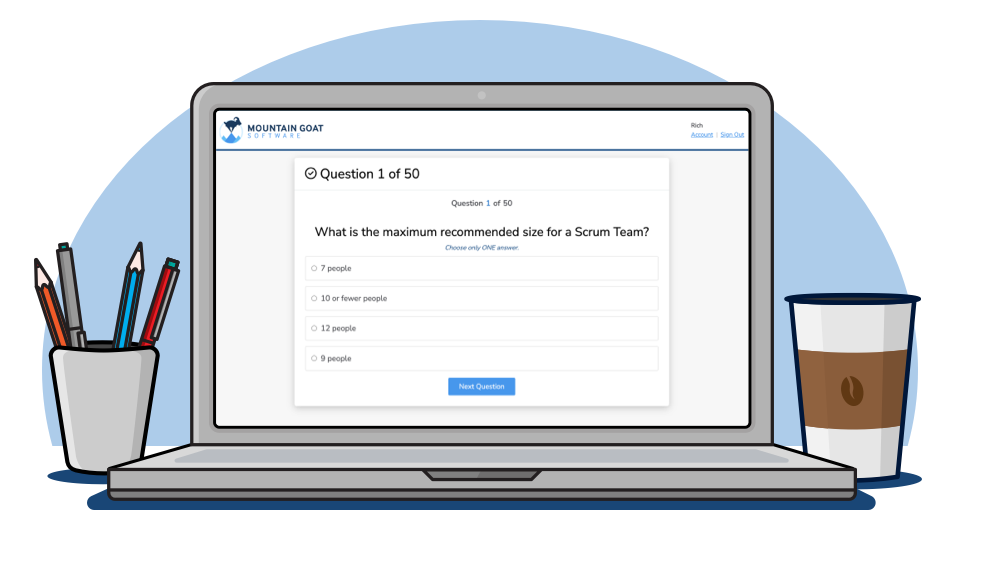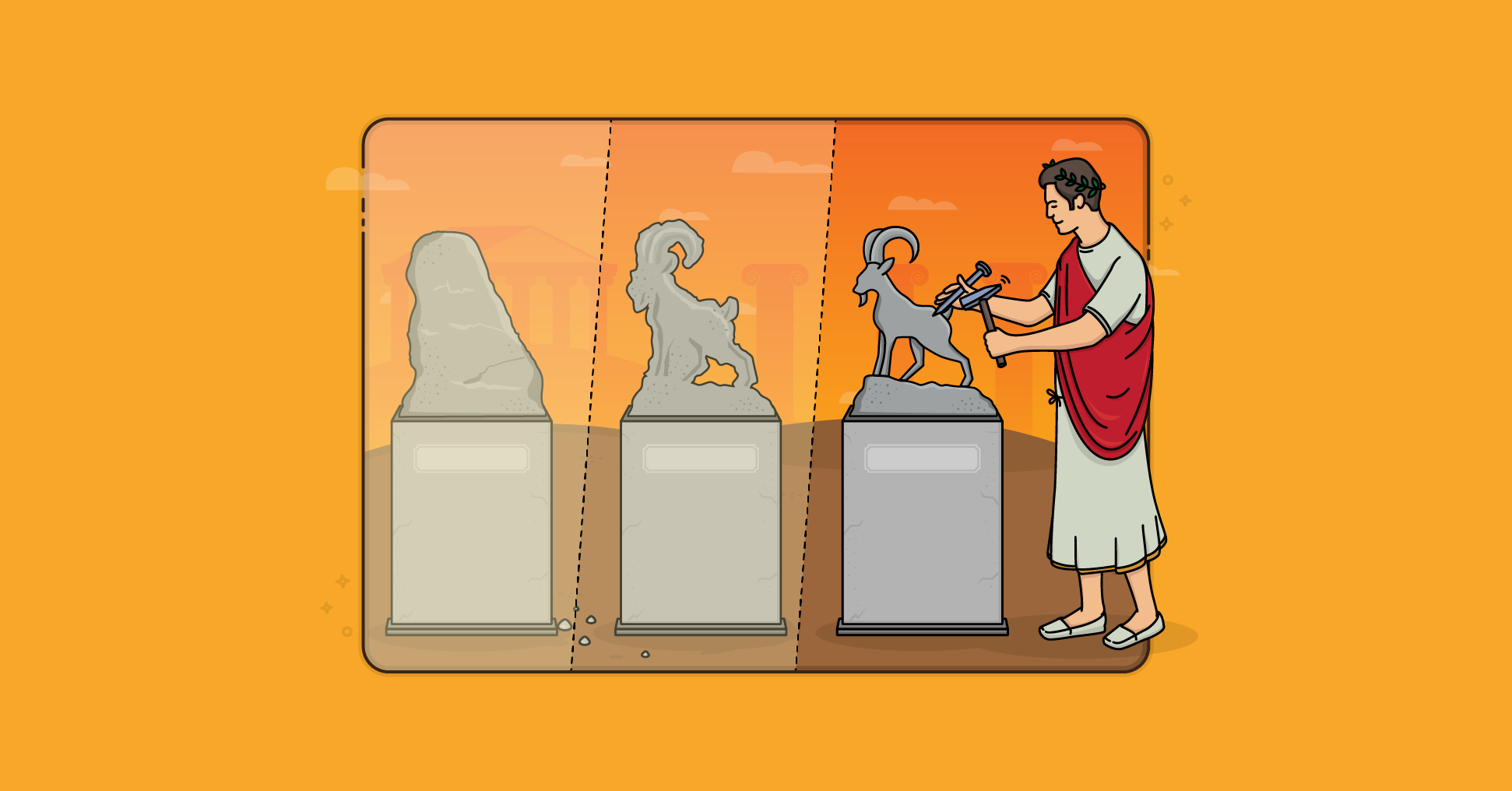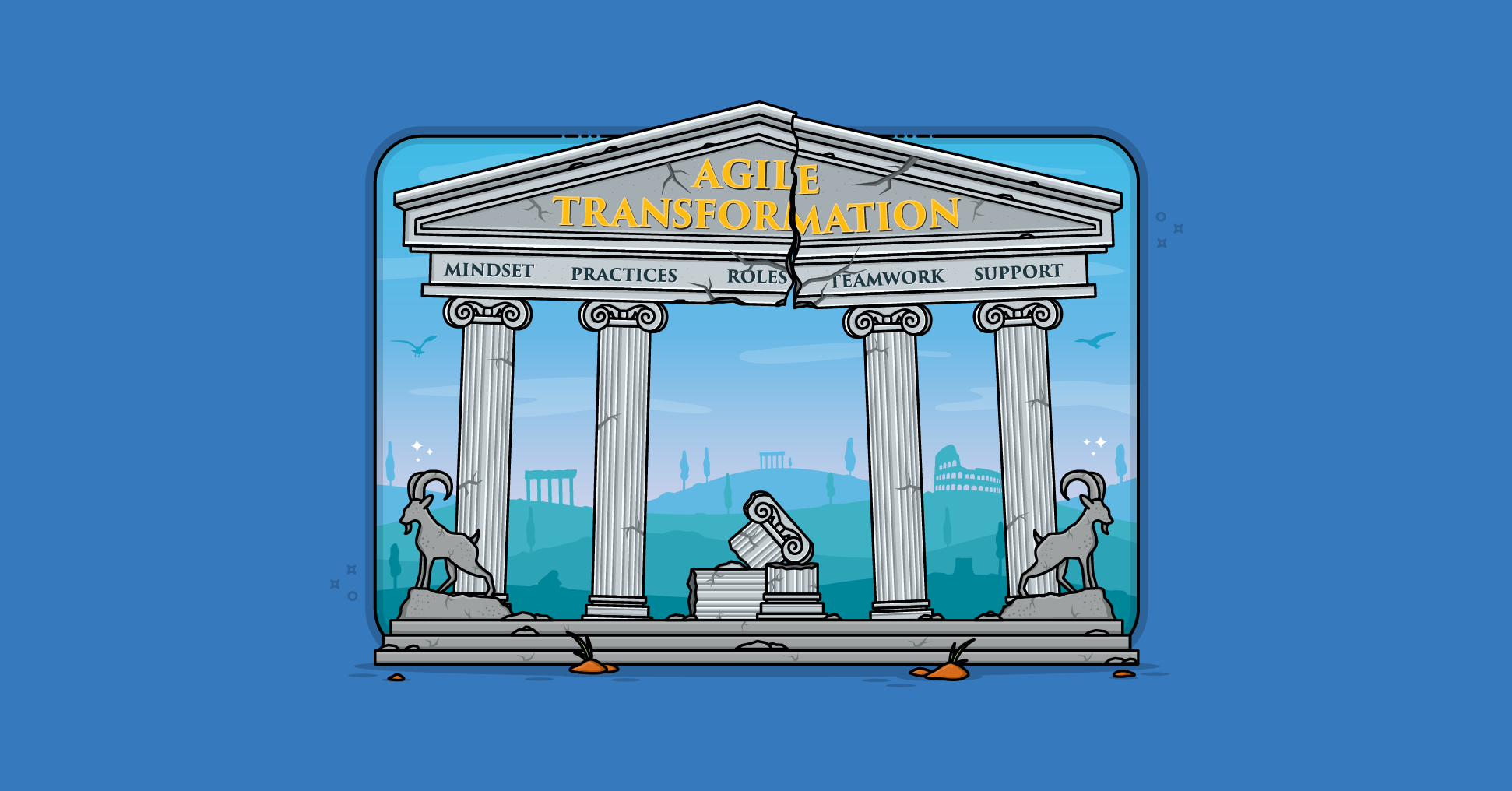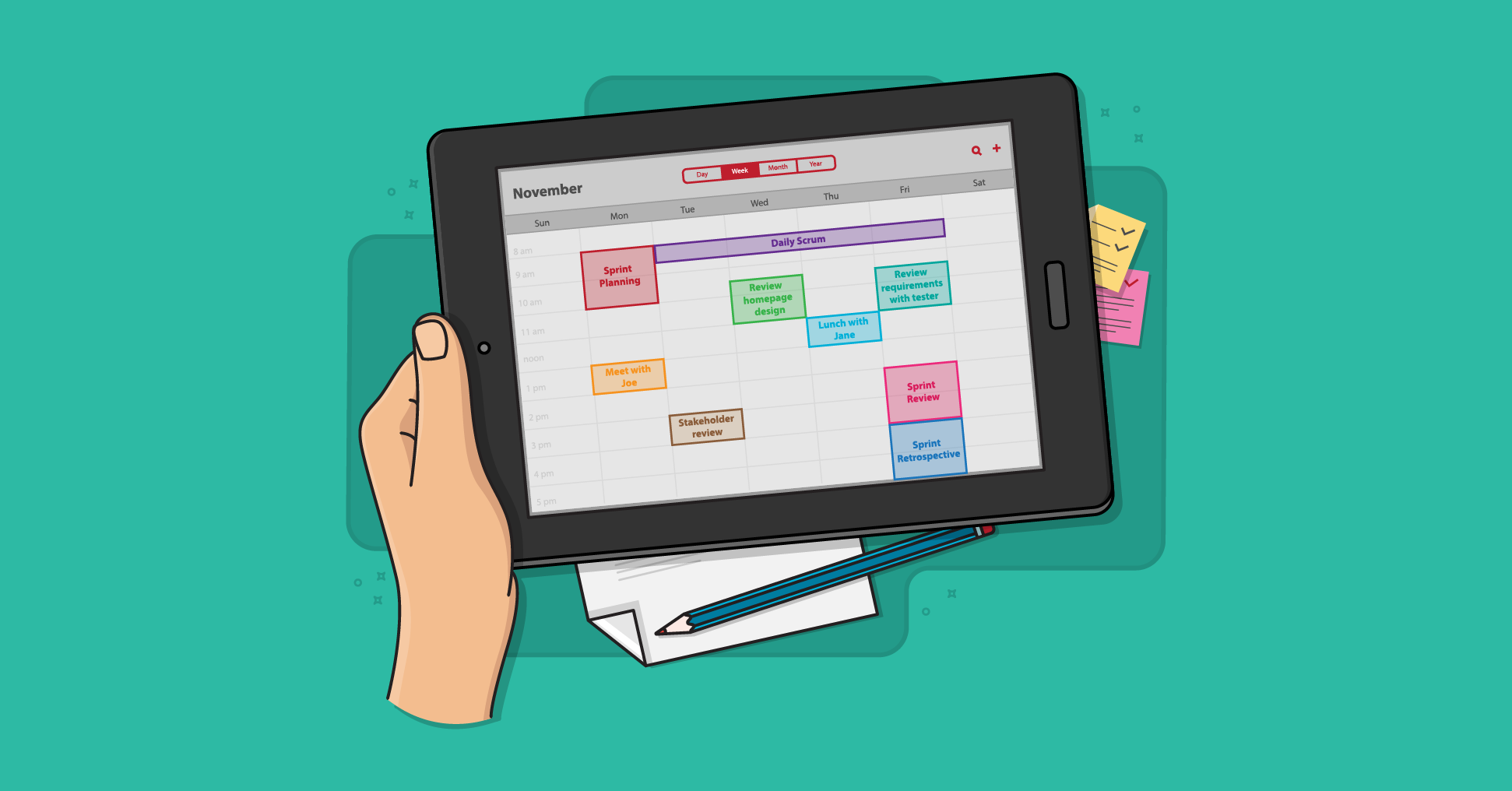Historically, when an organization needed to change, it undertook a “change program.” The change was designed, had an identifiable beginning and ending, and was imposed from above. This worked well in an era when change was necessary only once every few years. But in today’s fast-paced, ever changing environment, it makes more sense to create agile organizations, ready to adapt to whatever comes their way.
But how do you manage the effort of moving from the point you are today—whether that’s just starting to adopt an agile project management approach or fine-tuning your implementation—to a place where you can readily react and respond to the vagaries of the market? By following an iterative transition process. Making small changes on a continual basis is a logical way to adopt a development process that is itself iterative. Doing so will be much more likely to result in a successful and sustainable transition.
This is why I believe that the effort of adopting Scrum is best managed using Scrum itself. With its iterative nature, fixed timeboxes, and emphasis on teamwork and action, it seems best suited to manage the enormous project of becoming and then growing agile with Scrum. Just as Scrum development projects use product backlogs, you should use an improvement backlog to track the effort of adopting Scrum in your organization. An improvement backlog lists everything that the organization could do better in its use of Scrum.
If you’re just starting with Scrum, your improvement backlog will emphasize creating awareness and desire. If the transition is already well underway, your improvement backlog may contain more items around developing the ability to do Scrum well, to promote successes, or to transfer it to other groups. A small department or single-project transition may involve a single improvement backlog. But when Scrum is being adopted across a large site, department, or organization, the transition effort becomes large enough that multiple improvement backlogs are used, each of which is created by a community of individuals who are passionate about improving the organization in a particular way. Many corporate improvement initiatives fail because plans are not made specific and actionable.
Using Scrum to manage the effort of becoming agile allows you to divide the work into stories and tasks with concrete deliverables and definite end dates. At the end of every iteration, the organization will have improved in measurable and visible ways. Eventually, you will have successfully transformed the organization into one that not only is agile but also that seeks to become more agile each day. Additional advice on using Scrum to manage your transition effort is provided in Chapter 4, “Iterating Toward Agility” of Succeeding with Agile.
Last update: December 17th, 2024








